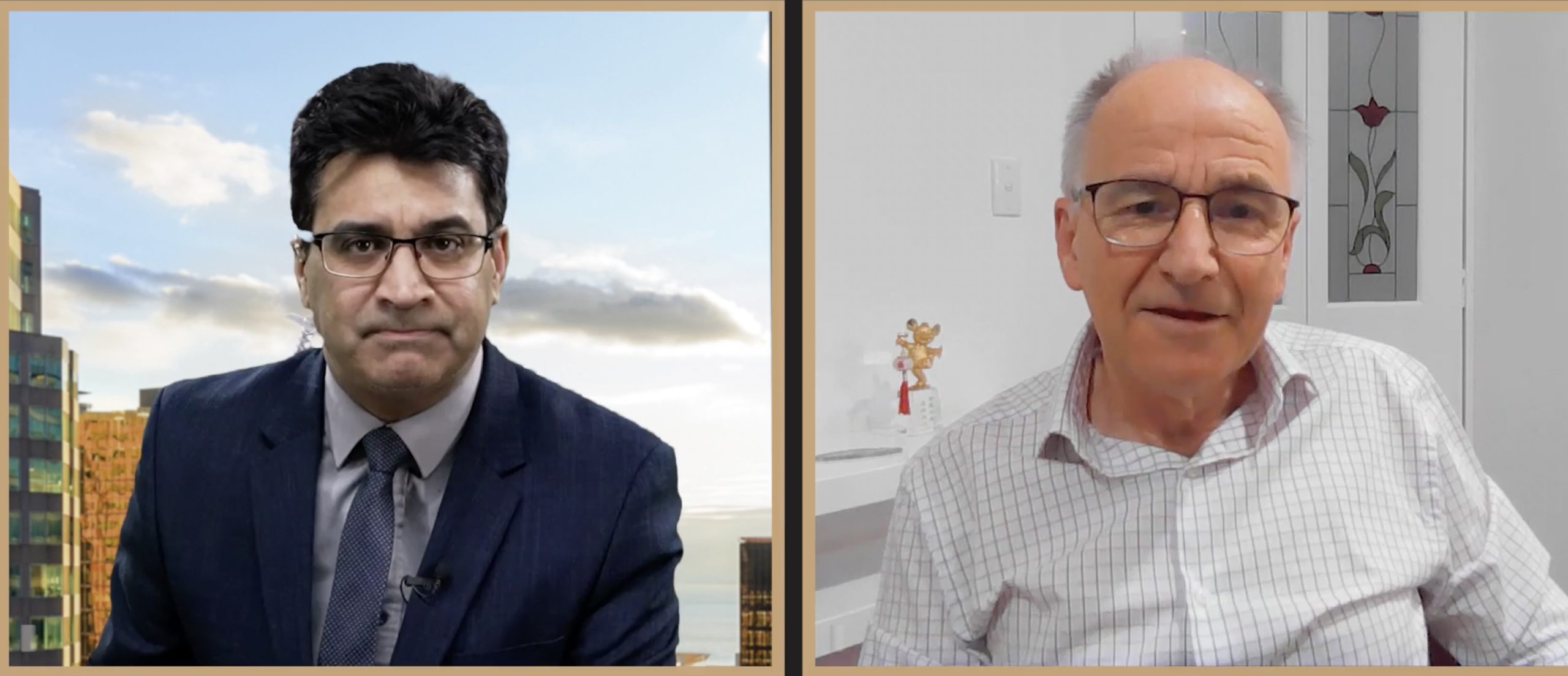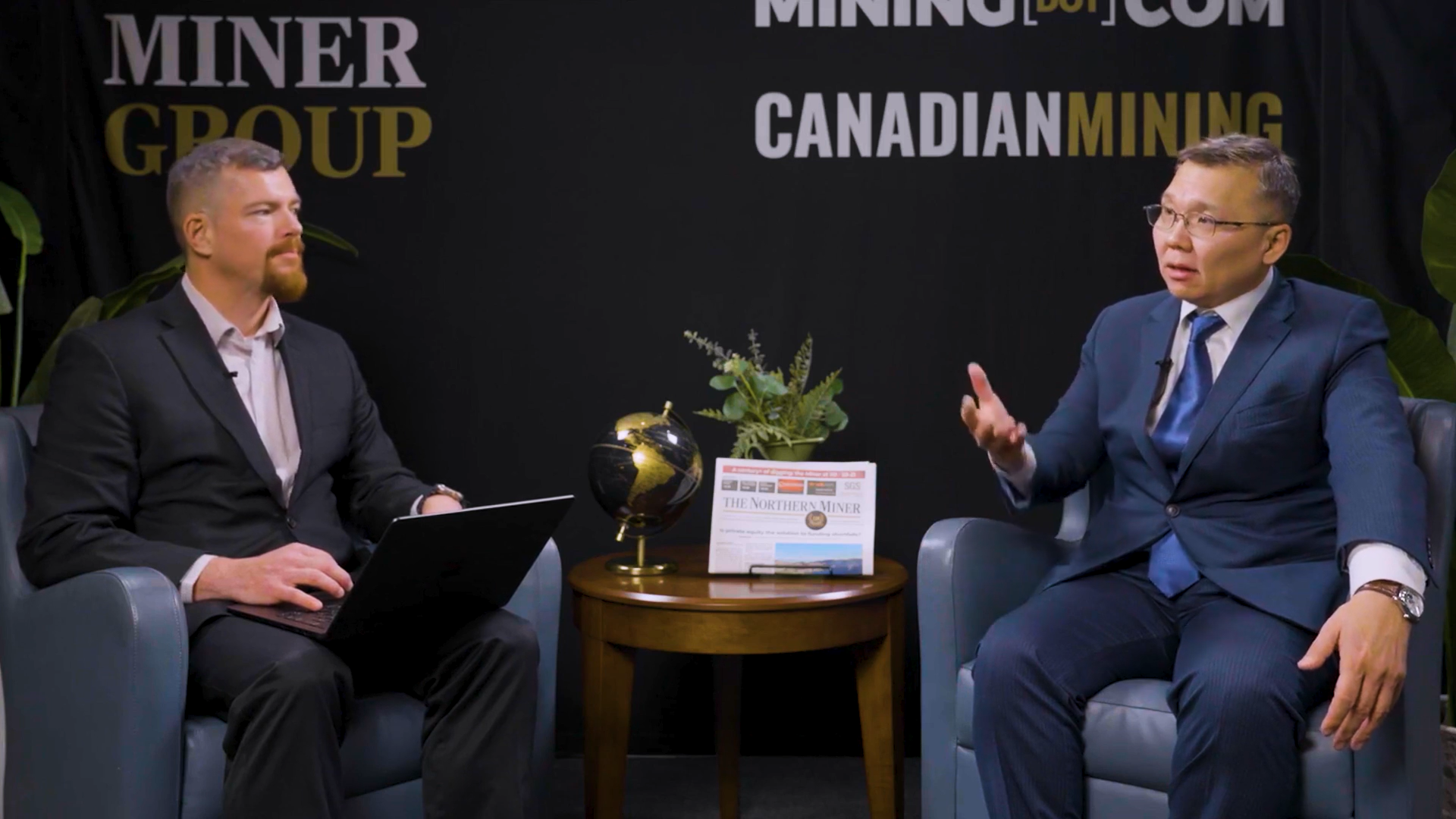Battery markets charge up for 2020

Cathode technology evolution Credit: Benchmark Mineral Intelligence, 2019
According to the International Energy Agency, in 2018, the global stock of EV passenger cars surpassed 5 million, a rise of 63% over the previous year. Nearly half of those EVs – 45% – were in China.
The growth over the past decade has encouraged investment in battery minerals and metals – lithium, graphite, cobalt and nickel. But interest in new projects has waned as prices have fallen – largely in response to a scale back of subsidies for EV’s in China and an oversupply of battery minerals.
To understand the disconnect between expected growth in the battery minerals markets and current prices, Canadian Mining Journal spoke with Andrew Miller, head of price assessments with Benchmark Mineral Intelligence, a consultancy and advisory firm that provides independent pricing and market data on battery minerals, in December.
Canadian Mining Journal: Which minerals and metals are considered EV minerals and metals – which ones does Benchmark track?
Andrew Miller: Our main area of focus is what we see as the critical minerals and metals in the battery supply chain – lithium, graphite, cobalt and nickel. There are a lot more minerals and metals that are used in the EV supply chain, but we focus on those four because they’re going to experience the most considerable growth from the emergence of EVs over the coming years. They’re susceptible to volatility because of the huge growth that they’re facing and the rigid supply structure in each of those markets. As you’ve seen with lithium and cobalt over the last three to four years, you have an extremely volatile pricing situation. So those are the four that we see as really critical in this supply chain and areas that are really going to have to develop to support electrification.
CMJ: Can you give us a sense of how big and fast–growing the EV market is right now?
AM: To date, the market has been driven by adoption of batteries in heavy duty vehicles, e-buses for instance have seen considerable growth. But we’re only in the very early stages of what’s really going to drive the market over the coming decade, which is the adoption of electric vehicles for passenger applications. We’re seeing considerable growth, particularly in the Chinese market.
China’s been very dominant in the supply chain because of some of the incentives they had in place to promote electrification and we’re now entering what we think is going to be a tipping point for that electric vehicle industry outside of China, as Western OEMs are committing a huge amount of their future fleet to electrified models. Ultimately, what that’s going to mean is the rampup of these OEMs and their electrification plans is really going to drive the battery sector forward outside of China and Asia.
The lithium-ion battery market right now is producing around 200 GWh and we’re forecasting it will grow to around 1,800 GWh by 2028, so that gives you some idea of scale – almost 10X growth in terms of battery output in the coming decade.
CMJ: At The Northern Miner’s Progressive Mine Forum in the fall, you forecast that we could see a deficit in cobalt in 2020 and lithium and graphite by 2022. That’s obviously not far off. What are the key factors that could swing those forecasts either way?
AM: With some of the cutbacks in cobalt production, there’s definitely going to be a tighter cobalt market going into the new year. (Glencore recently announced that it’s closing its Mutunda mine, a large cobalt producer, for two years.) Around that 2021/2022 time horizon, we’re expecting others – lithium and graphite for instance – will also become tighter markets.
The big factor in terms of demand in the short term, as I mentioned, is what’s been happening in China. And although you’ll hear a lot said about what slowing Chinese growth actually means, in reality, China’s still growing at quite a healthy rate – double digit growth in terms of its EV production. So it’s not bad, it’s just not as much as in previous years. And the reason for that is they’re phasing out their subsidies, which is forcing some liquidity issues and some consolidation along the supply chain.
Chinese policy can swing things quite considerably one way or the other, but as I mentioned, we’re entering a market in the next two to three years where demand isn’t so China-focused. Although China will remain an important driver of growth, we’re also going to see significant growth in Europe and North America, and that diversity of demand is going to see this story accelerate in terms of consumption numbers.
You’re also seeing some very pro-electrification policies being put in place in Europe at the moment, which are expected to have a positive impact and could see things grow at a faster speed. China is due to bring their subsidies to an end by next year – I think that’s already built into a lot of people’s demand models, but if Chinese growth dries up in the short term that still has a meaningful impact on global demand.
So I think there’s more on the upside in terms of where that outlook could go wrong, particularly when you look at the market balance of these raw materials and you consider that we’re really in a period where to support the growth of 2022, money needs to be going into those markets now. And investment has dried up because of the negative price environment for all of these key materials – investment has actually dried up at a time when it’s incredibly important that new supply is brought into the market. So things have a chance of becoming more fragile rather than less fragile over the coming years.
CMJ: There seems to be a bit of a disconnect between, as you say, that negative price environment and the actual projected increases in demand in the relatively near future – what’s causing that disconnect?
AM: It’s a short-term effect. What we saw around 2015/2016, particularly in the cobalt and lithium markets with the rapid increase in pricing that occurred, was a wave of investment that was based on the market at that point and the more considerable growth that was expected in the future. That led to this sort of transition period that we’re in in the moment where there’s still double-digit demand growth across all of these markets from the battery sector, but because we’ve been able to introduce some new supply that’s accelerated above the rate of new demand, you have this imbalance that is driving a correction in pricing. The spike in pricing and the highs in pricing we saw several years ago weren’t sustainable, but equally now, pricing we’re seeing in areas like lithium are unsustainable to allow for new supply in the future.
So unfortunately, the correction that’s happened because of this new supply is only making the longer-term outlook that much more fragile.
CMJ: In addition to that difficult market, many battery minerals are specialty minerals that are finicky to produce in a quality and specification that battery manufacturers need. What do new producers have to do to be successful in this market?
AM: I think it’s really an issue of time. Even the most established producers in the market, to expand their production of these refined materials takes time, even if you have the investment and infrastructure in place. So whether you’re an existing producer or a development stage project, you’re going to need time because it’s not a commodity game – it’s not just taking it out of the ground and worrying about the logistics, it really is more an issue of refining that product, working with the end user to make something they can use.
On that note, I think any type of partnership with your customer or any way of working with them in order to understand their requirements is helpful. That can be quite difficult in itself because we’re still in this period where people are trying to figure out what is the most cost-effective type of anode and cathode material to use and how much energy density can we squeeze out of this material. But the closer the relationship with their end user the better the chance of success for new companies, particularly as they introduce new suppliers.
So I think it’s a combination of time, expertise, knowing your market and your product and then coupling that with a strong relationship with the people that will ultimately be using your product.
CMJ: What is the dominant type of chemistry or lithium-ion battery in the EV market right now?
AM: On the anode side, it’s a bit more clean cut – you’re either using natural or synthetic graphite, and more typically now a combination of the two materials to maximize the cost/energy performance requirements of the anode.
It’s a little more varied on the cathode side. What was driving the market around the mid-2000s was the rise of consumer electronics, which required LCO (lithium cobalt oxide) cathodes, which is a cobalt-intensive cathode. What you’re seeing for electric vehicles and what’s really going to drive the market going forward is the use of either NCM (nickel cobalt manganese) or NCA (nickel cobalt aluminum) cathode types. Tesla use NCA.
These are more nickel-intensive cathode chemistries that still do use cobalt but in a lower intensity than LCO. For more heavy duty vehicles, like buses and trucks, you have LFP – lithium iron phosphate, a cathode that’s really grown to a lot of people’s surprise this year and continues to grow. It’s a lower-cost type of cathode – you get less energy density from it, but for some of the larger vehicle applications, it’s a very stable, reliable chemistry.
CMJ: Are there any advances that are happening in the EV battery space that you’re watching that could affect the market?
AM: There are a lot of exciting things that are happening in the EV market that you have to keep tabs on, particularly on the technology side. We’re reaching a point with the electric vehicle market where it’s really about fine tuning the existing chemistries – that’s going to be the real development that you see rather than a major overhaul or anything that could disrupt the future projection. Because if you look at the time to commercializing any of these technologies, to overcome the consistency, quality, performance and safety issues – it takes a huge amount of time to tick all of those boxes and to bring something new in.
CMJ: You’ve outlined a big supply challenge that looks like perhaps it can’t be met – we can’t necessarily speed up permitting to get projects developed faster, even if prices rise dramatically in the near term. How do you see that being resolved?
AM: It’s a big concern for the industry and ultimately you’ll have to see a huge influx of investment going in in quite a short amount of time. These projects do take time and it’s not going to be something that resolves itself overnight. There’s the potential for some of these industries to become major bottlenecks to the expansion of the electric vehicle market. On that note, I do think that’s being realized at the moment and even though investment may not be coming into the sector from public markets, you are seeing more joint venture partnerships in companies downstream, getting involved with the raw material supplies to ensure that that supply availability is there, so I think that will continue.
One area that we still haven’t seen come to maturity is battery recycling – bringing some of these materials back out of the battery and being able to use them again. In the longer term, though, these issues will be resolved because, with the possible exception of cobalt, these aren’t scarce materials geologically, it’s just getting them out of the ground and refining them in the right way.
There are definitely going to be some real teething issues over the coming years because you need continued and sustained investment to support this new production and at the moment it’s just not being forthcoming at the speed that’s required. But the hopeful side of that is we saw in 2015 and 2016 how quickly the prospect of this major battery growth can attract investment into the sector. It didn’t provide everything that was needed, but when prices start going up again and when there’s a tighter market, parties can turn their attentions to this very quickly, particularly when you’re moving into the real growth that we’re expecting come the mid-2020s.





Comments